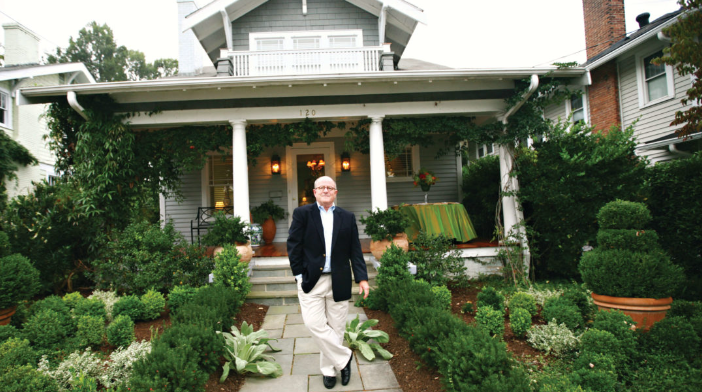Chip Callaway: A Visionary in Landscape Architecture
Chip Callaway isn’t just a name in landscape architecture; he’s a pioneer who redefines outdoor spaces. His work transcends mere aesthetics, focusing on creating meaningful connections between people and nature. Let’s dive into the essence of Callaway’s approach and what makes his designs so unique.
Innovative Design Philosophy
At the core of Chip Callaway’s philosophy is the belief that landscapes should reflect the environment and the people who inhabit them. His designs often incorporate native plants, sustainable practices, and elements that evoke a sense of place. Callaway prioritizes harmony with the natural world, turning gardens and public spaces into serene retreats rather than just decorative plots. This approach not only enhances visual appeal but also supports local ecosystems and promotes biodiversity.
Signature Projects
Throughout his career, Chip Callaway has worked on several iconic projects that highlight his innovative approach. One of his most renowned designs is the landscape for the Royal Botanical Gardens in North Carolina, where he expertly blends formal and informal garden styles, creating diverse habitats and engaging spaces for visitors. His work at various neighborhood parks focuses on making green spaces accessible and enjoyable for communities, often featuring walking paths, native vegetation, and areas for social gatherings. Each project tells a story, inviting people to explore and interact with their surroundings.
The Impact of Landscape Architecture
Chip Callaway’s influence extends beyond individual projects; he plays a vital role in advocating for the importance of landscape architecture in urban planning and community development. He emphasizes that well-designed landscapes can improve mental health, foster social connections, and enhance overall quality of life. By promoting the idea that outdoor spaces are essential for community well-being, Callaway encourages cities to invest in thoughtful and sustainable landscape designs that serve everyone.
In conclusion, Chip Callaway’s work exemplifies the transformative power of landscape architecture. His designs not only beautify spaces but also enrich lives by fostering connections with nature and community. Interested in exploring more? Delve into the world of landscape architecture and see how you can incorporate these principles into your own outdoor spaces!

